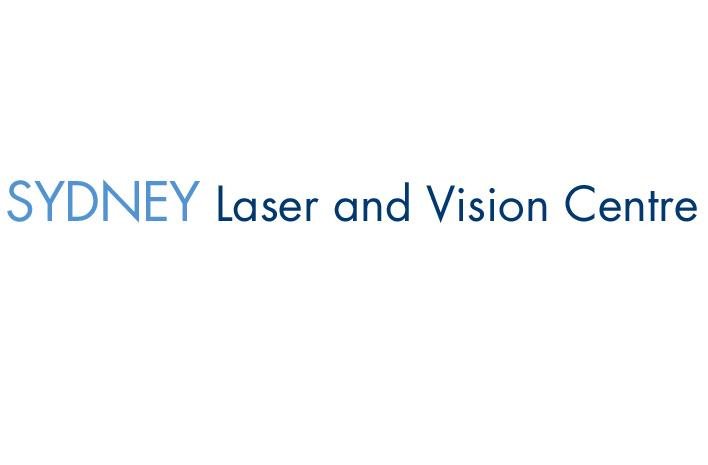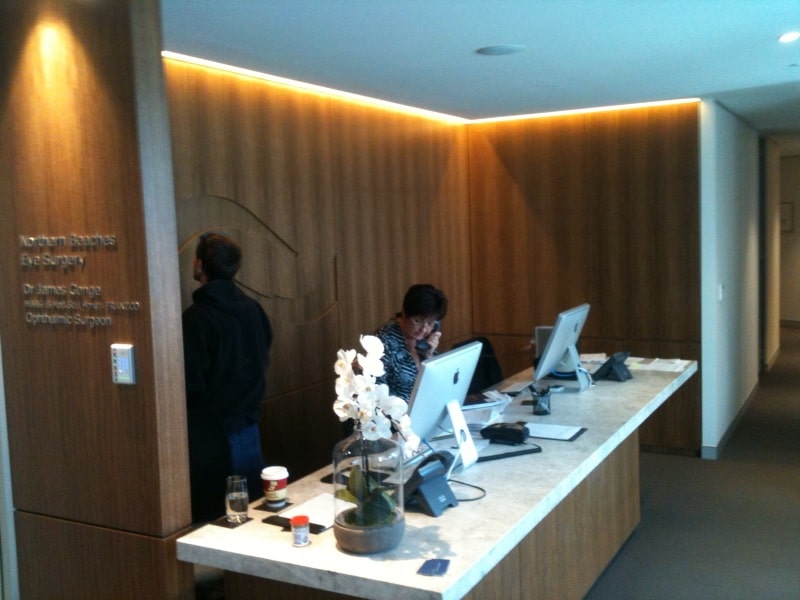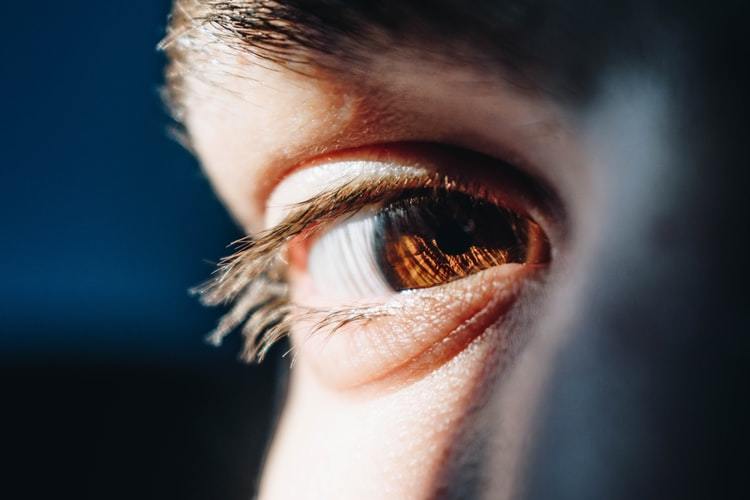Estimates show at least 30% of people in Sydney and the rest of Australia have myopia (short-sightedness). People with this condition can only focus on objects at close range and have to rely on glasses or contact lenses for operational sight. Of course, other conditions affect vision, many of which can benefit from laser vision correction procedures.
If you have high level vision problems like short sightedness, long sightedness, a refractive error, or other common eye issues, then getting a laser procedure might be a good idea. People get laser eye surgery for various reasons. For some, it’s to allow them to enjoy things without having to worry about knocking off your glasses while playing contact sports. To others, it’s more than just a luxury. Whatever the case might be, knowing your options when it comes to Sydney eye clinic centres that offer this kind of procedure helps.
What Is Laser Surgery or LASIK Surgery?
Laser in situ keratomileusis or LASIK eye surgery is just another term for laser eye surgery. A common laser eye surgery procedure used as a treatment for several conditions that affect the eye. This type of refractive surgery, like the rest, reconfigures the underlying corneal tissue to increase how much light enters the retina, allowing the person to see more clearly.
LASIK laser eye surgery is generally quick and painless, taking only about 15 minutes for both eyes already, and is intended to improve eye health and vision so you won’t need for eyeglasses or contact lenses. The healing process is also generally very fast too so you can be up and about in no time. You may notice improvement right after LASIK treatment, although you may not experience the full benefits of the surgery until after a few days.
Other well-known eye procedures include SMILE (Small incision lenticule extraction) and PRK (photorefractive keratectomy).
An Overview of the Procedure
Understanding how the procedure works is a good way to ease your anxiety if you’re planning to undergo LASIK surgery. The process often begins with the surgeon creating a very thin flap on the uppermost layer of the patient’s cornea using either a small tool known as a microkeratome or a femtosecond laser.
After that, the surgeon folds back the flap to get into the stroma, which is the underlying cornea, where he begins to remove tissue with the use of an excimer laser. This type of laser works by creating a cool ultraviolet light beam to “ablate” or take away microscopic corneal tissue.
In the process, it reshapes the cornea in a way that allows it to focus more accurately on the retina as light enters the eye. The result? Clearer vision.
The goal of LASIK surgery for nearsighted people is to flatten the cornea, while a steeper cornea is better for farsighted patients. Excimer lasers can fix astigmatism as well – that is, by restoring an irregular cornea’s shape by smoothing it out. The surgery isn’t very invasive, so it doesn’t require topical anesthetics or bandages.
Once the surgeon has reshaped the cornea, the flap will be put back in its place and will bind to the tissues underneath in the days or weeks after the procedure.
Preparation for LASIK Surgery
A number of steps are necessary before LASIK surgery is performed. The surgeon will first ask you about your general health history to assess how suitable you are for the procedure. Once everything is cleared, your cornea’s size and thickness and pupil size will be measured, and both eyes will be tested for eye conditions. The surgeon will also examine the tear film on the eye’s surface, as well as recommend any necessary treatments that prevent dry eyes after the procedure.
The curvature of the eye’s front surface is measured as well with an automated instrument known as a corneal topographer, which is also used to create a “map” of the cornea. For more accurate results, the surgeon may perform a procedure known as wavefront analysis, which sends light waves through your eyes.
Because contact lenses can temporarily alter the cornea’s natural shape, if you usually wear them, you should keep them out for at least a few weeks prior to the eye exam and the LASIK procedure.
Setting Expectations
Before performing LASIK surgery, the surgeon will apply eye drops that are meant to numb the eye tissues and prevent pain or discomfort during the procedure. If necessary, the doctor may also provide medication to relax you.
Before creating the flap on the cornea, the surgeon will mark the cornea using an ink marker. To prevent eye movements or any other conditions that can diminish flap quality, the doctor will apply a suction ring just in front of the eye. After creating the flap, they’ll adjust the excimer according to your prescription.
At this point, they’ll ask you to focus on a target light while the surgeon inspects the eye through a microscope, and the laser sends light pulses to the cornea in the process, reshaping it.
LASIK is done separately on each eye, with every procedure lasting a maximum of five to six minutes.
Post-LASIK Surgery Scenario
Once the LASIK procedure is completed, the surgeon will leave you to rest awhile. There may be a short-lived burning sensation right after the surgery, but this is completely normal. A brief post-operative exam will be performed, and then you can go home.
However, since vision will be blurred and hazy right after the surgery, your ride home should be arranged with a friend or family member beforehand. The morning after the procedure, eyesight should clear out and keep improving within the next few days (or weeks in some cases). For most people, though, the improvement is felt immediately.
You should able to return to work the following day, but some doctors will recommend at least a day off. You should also avoid strenuous physical activity for about a week since this can put unnecessary stress on the eye and delay healing. Most people, however, can return to their eye doctor or surgeon the next day.
During the initial post-surgery check-up, visual acuity will be measured to determine whether or not you’re fit to drive eyeglasses or contact lenses. In Sydney (and the rest of Australia), visual acuity of at least 6/12 is required for driving.
Like any other surgery, it is crucial to follow the doctor’s instructors and take medications exactly as prescribed. Avoid rubbing your eyes as this could dislodge the corneal flap before it’s sealed securely to the underlying cornea.
Cost of Laser Eye Surgery in Sydney
Laser eye surgery costs in Sydney vary by doctor and the services you need, but the average can range from $2600 to $3400 per eye. If you’re considering this option against wearing eyeglasses or contact lenses for the rest of your life, you’ll be pleasantly surprised by how the surgery is an overall more cost-effective option.
Unfortunately, Medicare won’t rebate any of your LASIK surgery costs, but several health insurers do, either partially or completely. Make it a point to check with your insurers to know how much cover you’ll get for the procedure.
Some policies, for instance, will cover laser eye surgery 100% with a three-year waiting period. In some cases, patients can get discounts of around 15% when they get surgery from their insurers’ partner centres. It’s also smart to consider different eye clinics or laser eye surgeons, making sure that all costs and coverage are clear before you commit.
Laser Eye Surgery Clinics to Consider
1. Perfect Vision Laser Correction

With more than forty thousand iLasik procedures completed successfully, you can rest assured that Perfect Vision Laser Correction is a tried and tested eye clinic. To learn more about the clinic, visit its website.
Address: Level 2/33 York St, Sydney NSW 2000, Australia
Phone Number: 131340
Website: perfectvision.com.au
2. George St. Eye Centre

Whether you need lens implantation, cataract surgery or Eye Floaters correction,George St. Eye Centre is more than capable of treating you. Contact the clinic’s team to schedule an appointment.
Address: 2 Middle St, Kingsford NSW 2032, Australia
Phone Number: +61 2 9663 3927
Website: eyelasersurgerysydney.com.au
3. Focus Laser Eye Centre

Focus Laser Eye Centre is another reliable and high-reputation eye centre in Sydney. Established in 1985, the clinic offers state-of-the-art facilities and some of the best eye surgeons and specialists in the city.
The practice is led by Dr Richard Smith, MB BS, B Sc, DO, FRCS, FRACS, FRANZCO, one of Sydney’s best ophthalmic surgeons. He has completed thousands of surgical procedures, including LASIK, PRK, cataract, corneal grafts, glaucoma, and oculoplastic surgery, among others.
Address: 11/501 George St, Sydney NSW 2000, Australia
Phone Number: (02) 923 00010
Website: focuseyecentre.com.au
4. Sydney Laser & Vision Centre

Sydney Laser & Vision Centre is your one-stop-shop for all your eye care needs. Former clients hold the clinic in high regard. Online reviews also paint a picture of a very good establishment. Contact the clinic’s team to book an appointment.
Address: Suite 301/251 Oxford St, Bondi Junction NSW 2022, Australia
Phone Number: (02) 938 78700
Website: sydneyvision.com.au
5. Northern Beaches Eye Surgery

Since its establishment in 2010, Norther Beaches Eye Surgery has consistently maintained a good reputation. We highly recommended the clinic for all your eye care needs.
Address: 4207/834 Pittwater Rd, Dee Why NSW 2099, Australia
Phone Number: (02) 99811771
Website: nbeyesurgery.com.au


